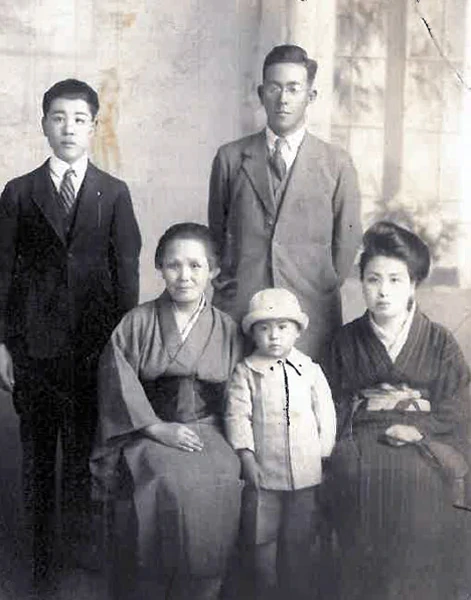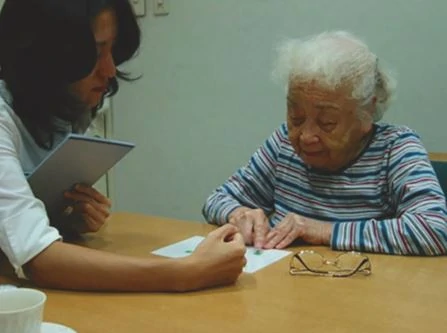Chiyo Miyako [Japanese: 都 千代] was a validated Japanese supercentenarian who was the oldest living person in the world since 21 April 2018, until her death three months later.
BIOGRAPHY
Miyako was born on 2 May 1901 in the town of Yuasa, in the Wakayama Prefecture, Japan, as the fourth of five children. While her town was known for growing mandarin oranges, her parents owned a paper store. Due to her older siblings dying at a young age, she was raised as the oldest child of the family where she had a younger brother. As an elementary school student, she enjoyed most of her subjects but disliked physical education. Upon graduating from primary school, she attended higher education at a telegraph school in Osaka where she studied to become a telegraph operator. It was during her attendance in Osaka that she met her future husband, Shoji, who later worked for Japanese National Railways. Because of this they often moved, including relocating to Beijing, China for a few years.
She enjoyed calligraphy, which she learned during her childhood and practiced well into her old age. Her favorite foods were sushi and eel. She was also described as a “chatty goddess” by her family.
After her husband’s death in 1951, Miyako and her two children moved back in with her parents. Her son later received a Ph.D. from the University of Michigan and taught as a professor at the University of Tokyo, but died in 1974 at the age of 52. 10 years later, Miyako’s daughter also died at the age of 57.
Upon the tragic early deaths of her husband and two children, she moved in with one of her grandchildren. She would remain there for several decades before moving into a retirement home at the age of 97.
At the age of 100, she participated in a Japanese centenarian study where she was observed to be in good physical shape and displayed no signs of dementia on cognitive tests. By the time she was 110, her cognitive faculties remained strong, and she was still continuing her hobbies of calligraphy and writing haiku poetry by the age of 114.
At the age of 116, she became stricken with multiple episodes of serious illness, which required hospitalization. Although she had both of her legs amputated due to arteriosclerosis and was using a gastrostomy-feeding tube, she said that she wanted to return to her former career at the telegraph station once she recovered.
RECOGNITION
Miyako was officially validated by the Gerontology Research Group on 3 August 2015. She became the oldest living person in Kanagawa following the death of 114-year-old Kiyoko Ishiguro on 5 December 2015, and the oldest person in Japan and the world following the death of Nabi Tajima on 21 April 2018. She was the last surviving validated person born in 1901.
ATTRIBUTION
[crp limit=’4′ ]



